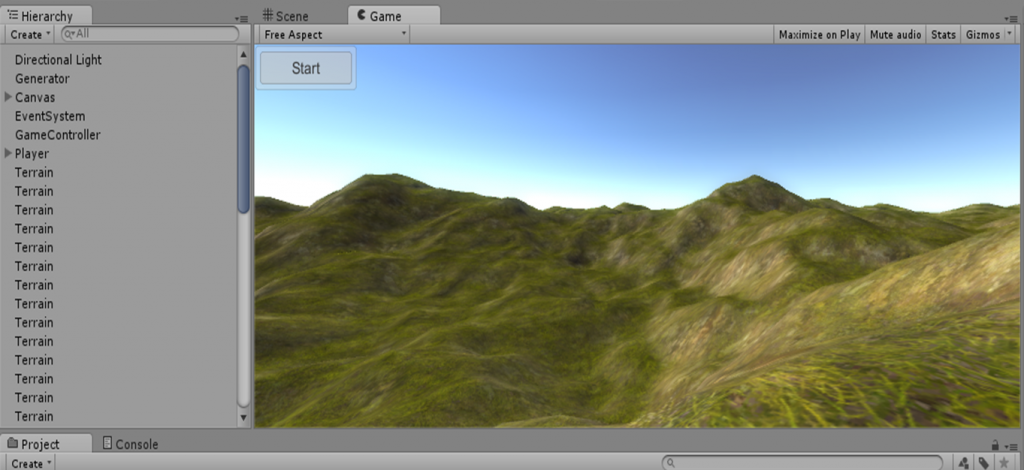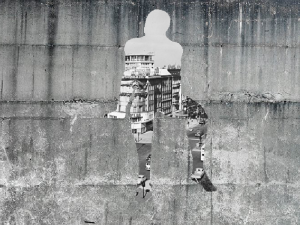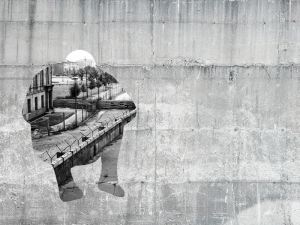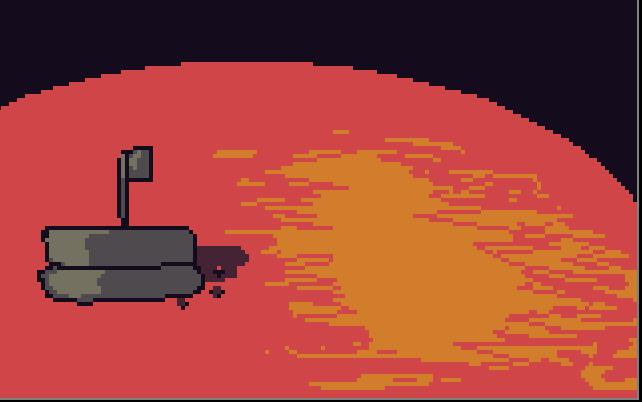Response to the Readings
A Reaction to Not Games
I’ve mentioned before that I come from a context without video games. As such, I might wonder if I have a point of view more similar to the average person than the majority of people in this class, at least regarding video games.
And, I was under the impression that video games are one of the few mediums where art and games are actually interleaved in the mainstream player’s repertoire. My few interactions with regular games – for the sake of avoiding biases, my friends outside of SOA who are gamers – are contained in a culture where worlds can be beautiful in a way a “traditional” artist might not understand and where it is important to reflect on the role you and others played in your game. (Understandably, this emphasis is more or less unique to interactive media where the person interacting can change the course of the book. Take a book, for example. A book written in first person reads like a diary, third person is a story you’re removed from, and second person feels unnatural.) Because video game players are already forced to consider the consequences of their actions, they are more likely to engage with the game in a reflective, artistic sense naturally / for their own enjoyment, automatically making indie games more popular than possibly indie music, for example. (Most people I know don’t analyze novels for fun, with some notable exceptions…) Ergo, the continued mantra of Not Games caught me a little by surprise. It would seem to me that the boundaries of games are pushed further than other media. I suppose they are still not pushed far enough, and this is what Harvey % Samyn intended to get across.
Notes on How walking simulators allow us to touch other worlds
“[We discussed] games that are not about challenge, but about poking around inside some developer-made structure to see how it works, what secret it contains.”
Secret boxes vs walking simulators: Is a game about secret boxes actually a secret box game? Walkthroughs and their increased power for purpose in artistic worlds.
Notes on to What Happened Here? Talk on Environmental Storytelling
Excellent definition: a game (1) constrains and guides player movement through physical properties and ecology (2) Uses player reference to communicate simulation boundaries and affordances (3) Reinforces and shapes player identity and (4) Provides narrative context.
Environmental storytelling is not defined as a game in these slides because the last two defining features of games have essentially been eliminated.
Use of White space in a game – every player is going to bring his own views, experience and frame of reference to the scene, and come to different conclusions. Therefore, environmental storytelling “Invites interpretation of situations and meaning according to players’ views and experience.”
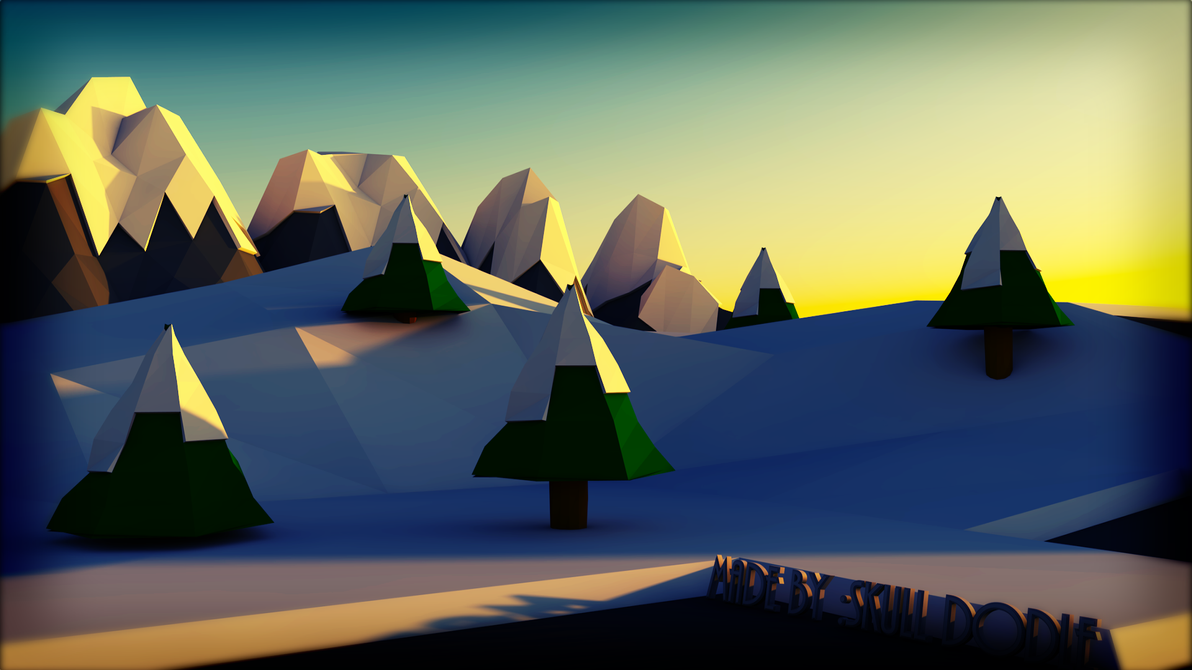



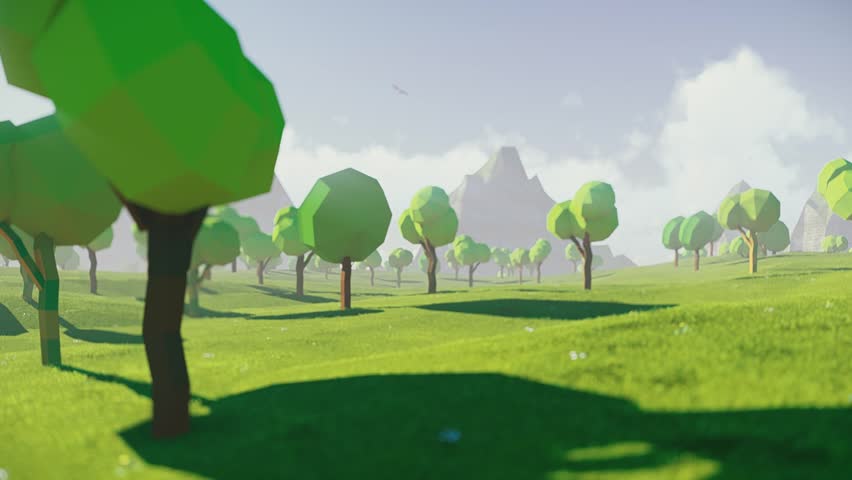)
